Breathing Exercises for COVID-19

Shamlee Pathare
February 22, 2022

Shamlee Pathare
February 22, 2022
We are in the midst of dealing with the second wave of the coronavirus pandemic and people are trying every bit to protect themselves from the deadly disease. The COVID-19 virus dominantly affects the respiratory system. Therefore, practicing breathing exercises can be beneficial while recovering from COVID-19. Breathing exercises can help to strengthen the respiratory system and help fight and reduce the impact of coronavirus before, during, and after it strikes. Apart from this, breathing exercises also reduce stress, anxiety and help calm the body & mind.
Note: The breathing exercises mentioned in this article won’t prevent COVID-19, but they may help ease the symptoms of COVID-19. They are also helpful in reducing frustration, stress and anxiety caused because of the pandemic.
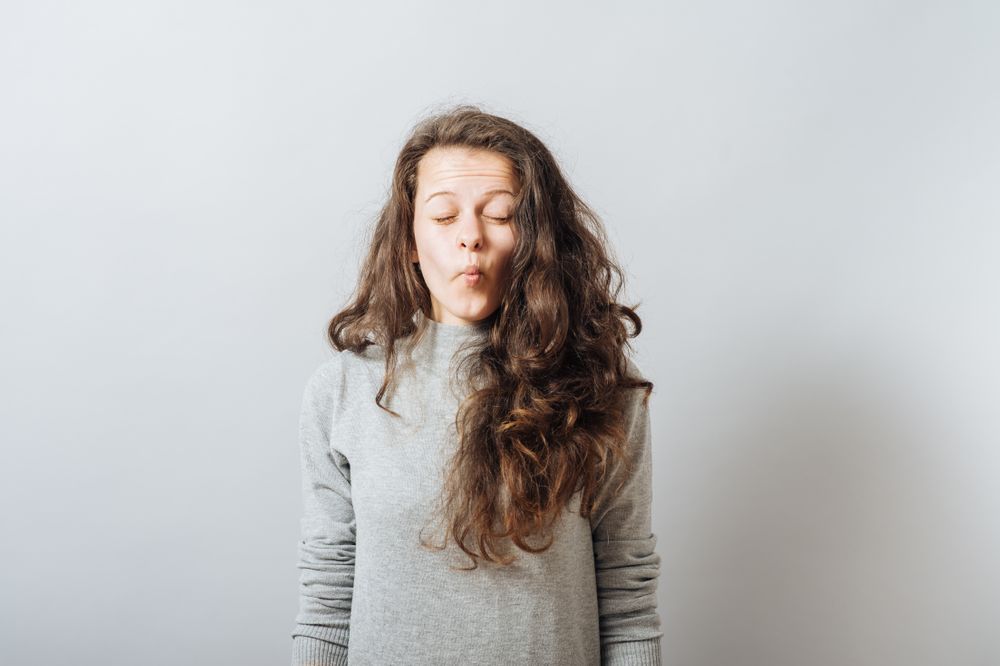
Pursed-lip breathing is a simple breathing exercise that helps slow down one’s breathing, promoting a sense of relaxation. It has also been shown to relieve shortness of breath, boost oxygen levels and strengthen the lungs.
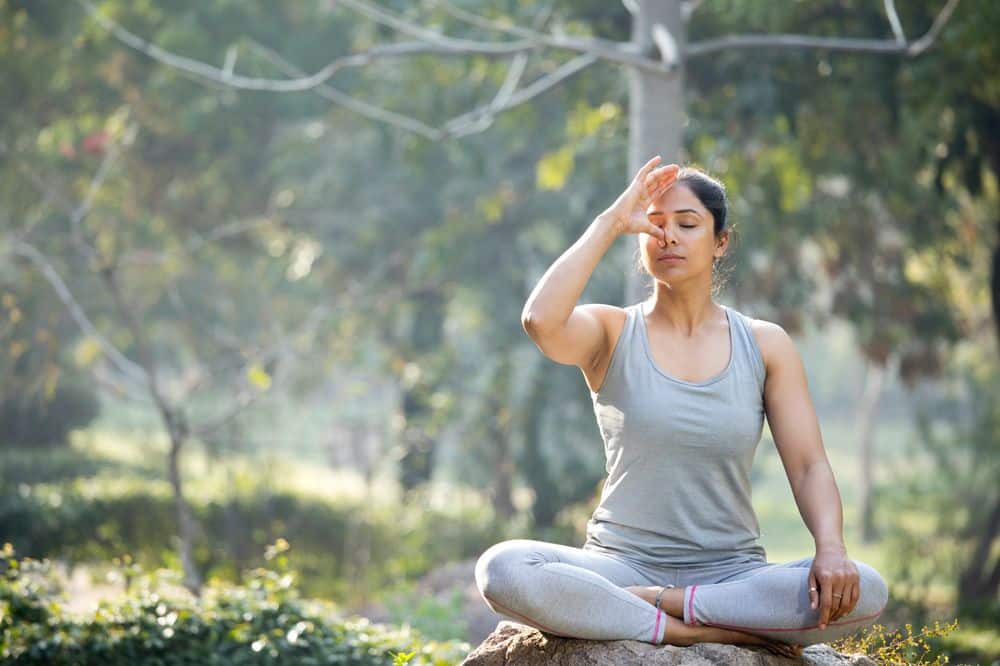
Anulom-Vilom is also known as alternate nostril breathing. This Pranayama has many health benefits – that may help fight off COVID-19 related complications – such as improved lung capacity, better blood circulation, clear nasal passage, and stress reduction. This is a popular pranayama where you close one nostril while breathing in, and then close the other nostril while breathing out.
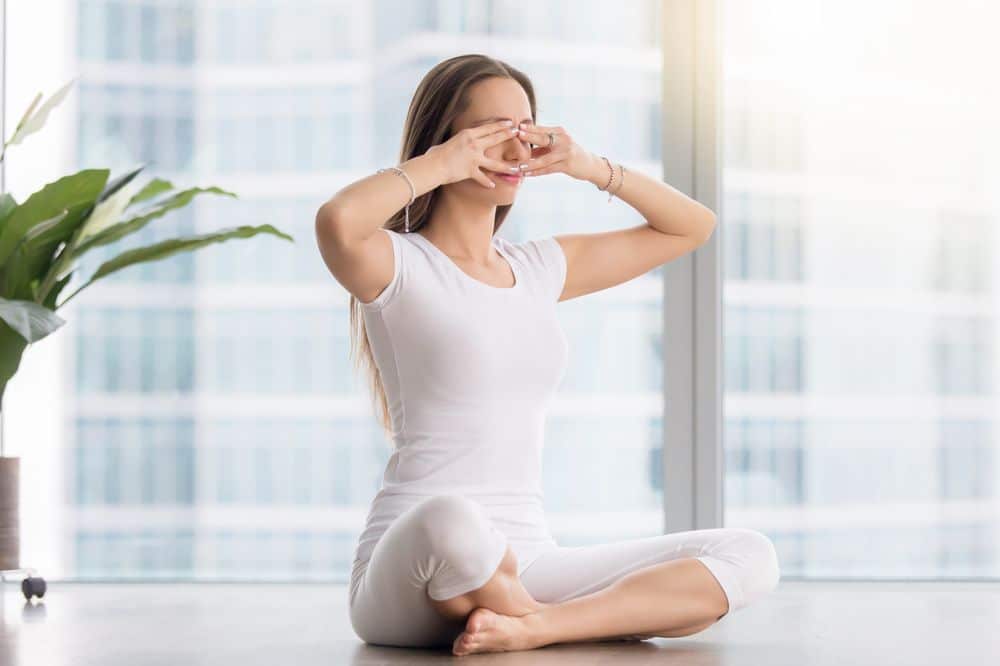
Brahmari prince, also known as the Humming bee, is one of the most effective breathing exercises. It helps to induce a calming effect on the mind. This breathing technique helps get rid of frustration, anxiety and also reduces fatigue. Brahmari pranayama is simple and can be practiced anywhere and anytime.
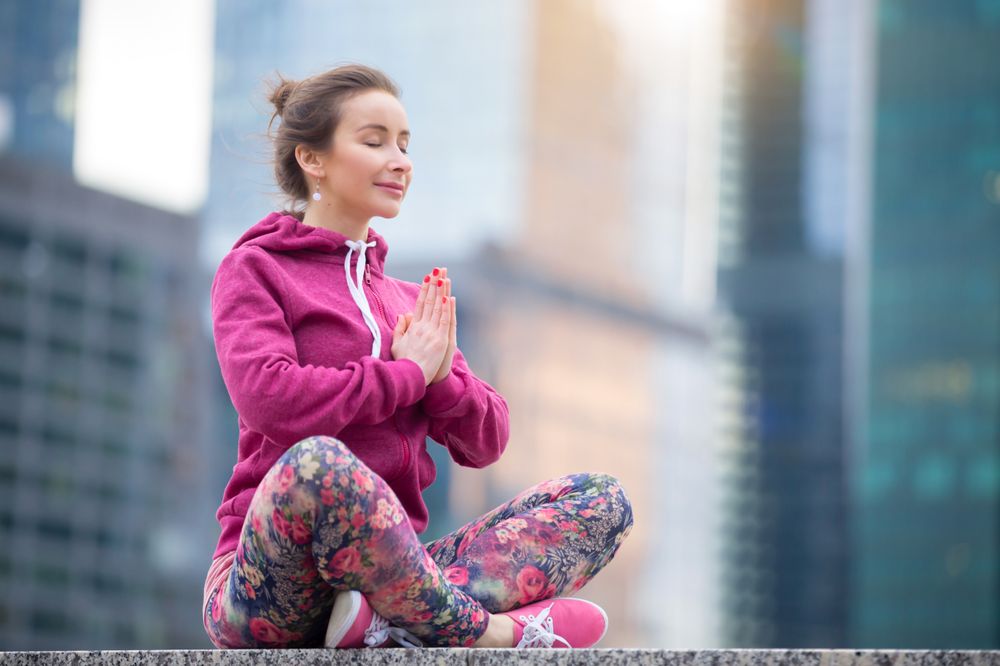
This breathing practice is one of the most common forms of breath-control pranayama. Ujjayi pranayama, when performed correctly, can increase oxygen consumption. According to the Department of Neurophysiology at the National Institute of Mental Health and Neurosciences in Bangalore, this pranayama can increase your oxygen consumption during practice by 52%.
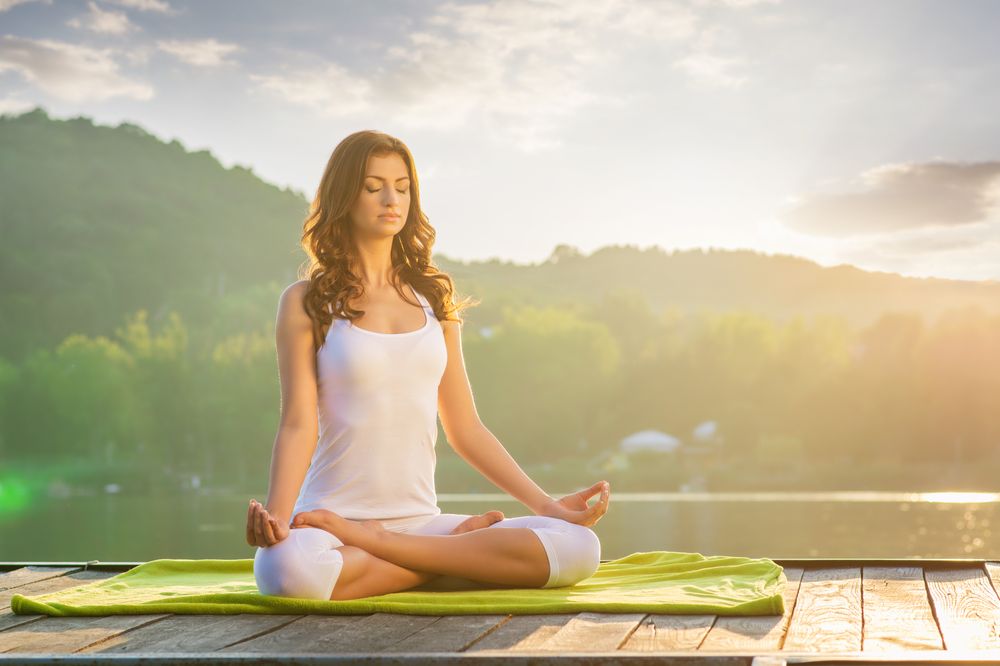
Also known as So-Hum and Hamsa, Kevali pranayama is to identify yourself with the ultimate, the universe. In light of meditation, you can break the word Sohum into two parts. ‘So’ will denote breathing-in, and ‘Hum’ will resemble the sound of breathing out. When practicing this pranayama, repeat the breathing mantra in your mind to get the best out of it. This is one of the best breathing exercises to improve your lung capacity.
The symptoms in people suffering from acute COVID-19 usually start between 2 to 14 days after exposure. Though the symptoms resolve within 2 weeks, some people have persisting symptoms like fatigue and shortness of breath for a longer duration. Breathing exercises may help while recovering from the COVID-19 virus.
Caution: If you have COVID-19, consult with your doctor before starting the breathing exercises in order to prevent worsening of the symptoms.
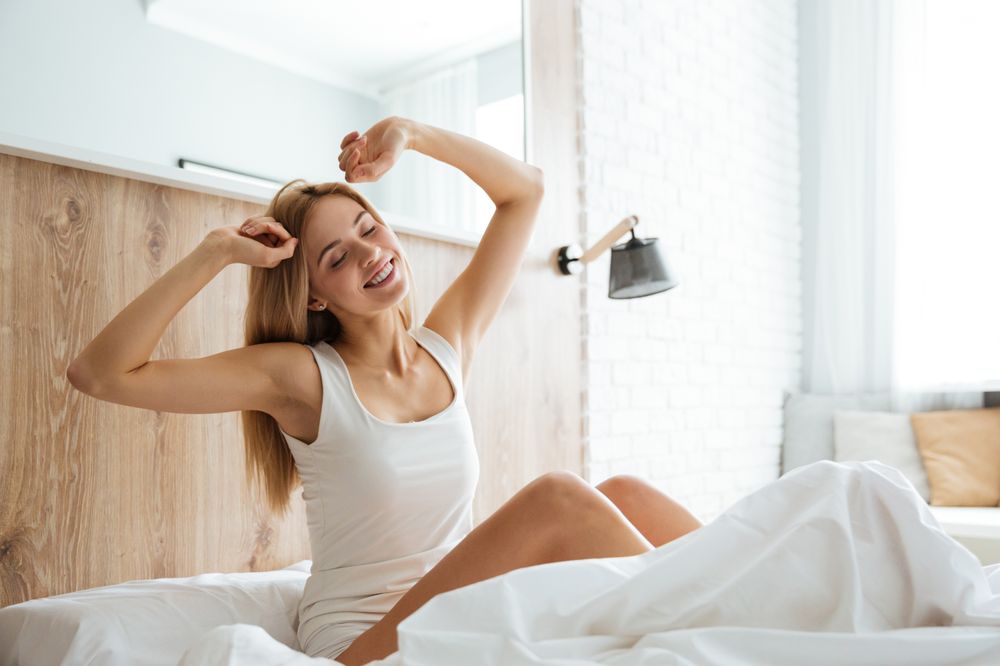
This breathing exercise allows the diaphragm to fully expand, which results in opening up of the muscles in your chest. It further promotes coordination and makes your arms and shoulder muscles stronger.
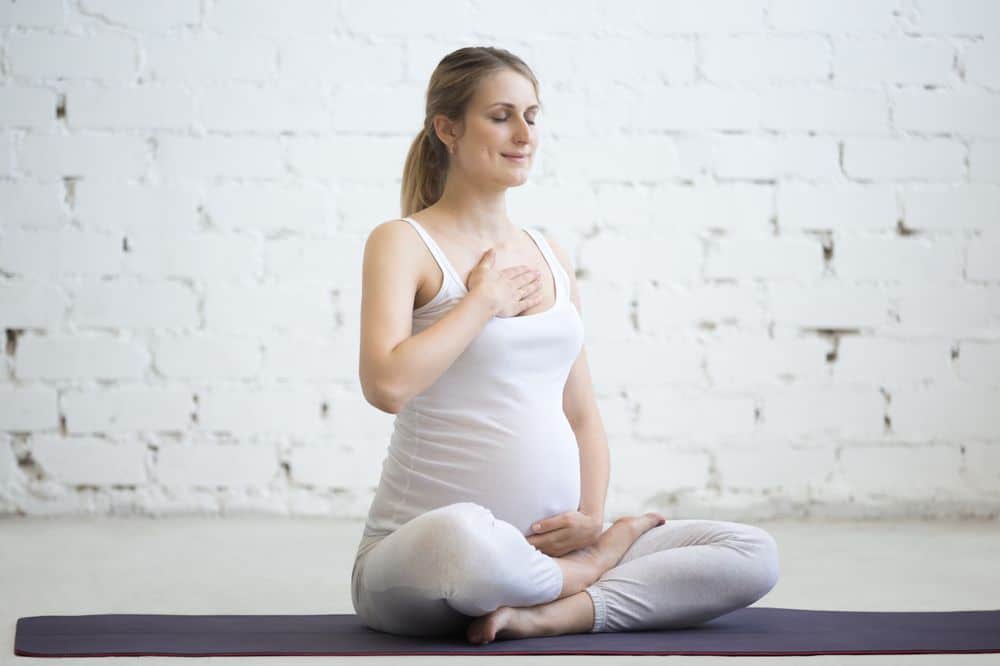
Belly breathing requires deep breathing, which helps restore lung function by using the diaphragm. Multiple studies have found that practicing Qigong has improved pulmonary function and increased lung capacity in COVID-19 patients. This is because this breathing exercise utilizes deep breathing and slow movements, which may prove beneficial for patients recovering from COVID-19.
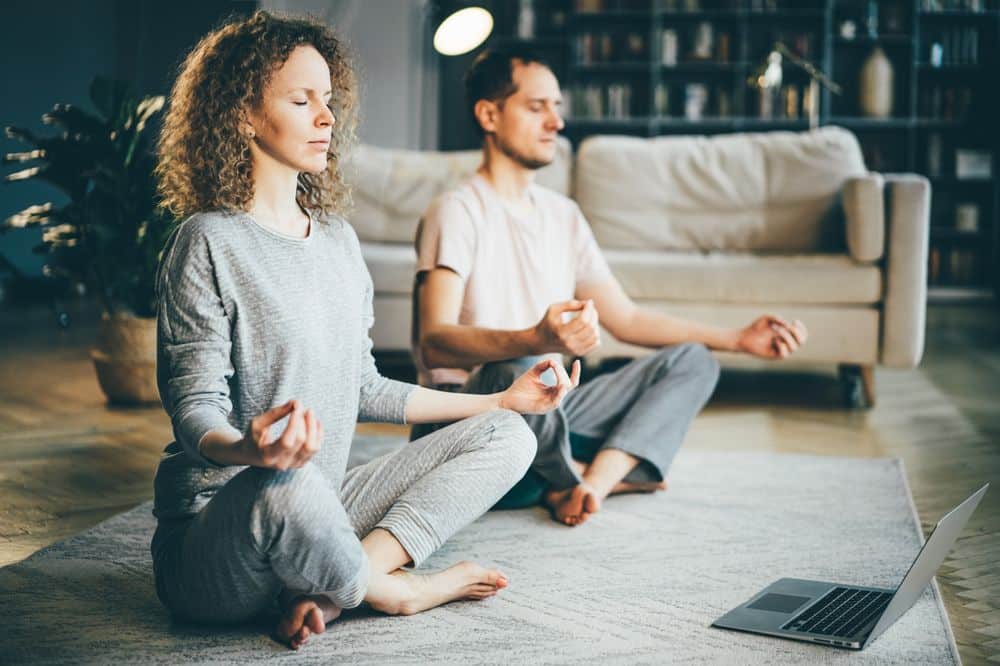
According to Johns Hopkins Medicine, “Humming while exhaling helps increase nitric oxide production in the body. Nitric oxide helps with neural plasticity (building and repair of the nervous system) and it dilates blood vessels, enabling more oxygen to be delivered throughout the body. Humming is also calming and soothing, it reduces stress and it can help the patient remain in restoration mode.”
The exercises outlined in this article won’t help prevent COVID-19 and should not be replaced with an ongoing treatment for the disease. Performing these breathing exercises for COVID-19 may help in strengthening your respiratory system, which can help you fight off infections and may contribute to your recovery process.
Sources:
Also Read:
11 Best Breathing Exercises for Stress, Lungs, and Training
What is Proning and How Does it Help with COVID-19 Patients?
A. Breathing exercises can be an effective way to restore your lung capacity but it is advisable to check with your doctor before you practice breathing exercises. In case you have symptoms such as shortness of breath while resting, an irregular heartbeat, or chest pain, performing breathing exercises may worsen your symptoms.
A.1) Supply of more oxygen. 2) Utilisation of different lobes of lungs (Aeration of entire lungs). 3) Removal of much. Pranayama helps better circulation which reduces mucus and also strengthens the organs.


Thank you for sharing the information.
What you said is correct. These breathing exercises may not prevent Covid-19 but are definitely a great tool to beat corona with increased lung capacity. I recently started with these breathing exercises and I feel energized. Thank you for the helpful instructions for this pandemic.
good one
We are very happy that you share such content in our difficult times. Hope you continue.
Thank You…